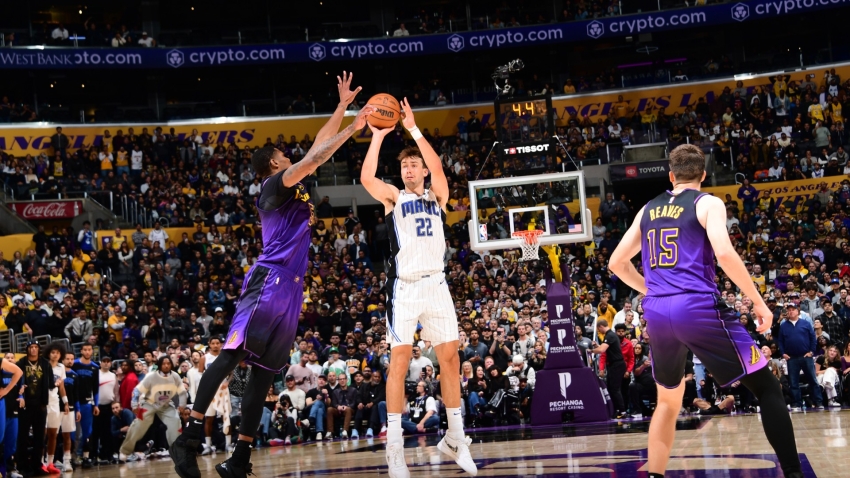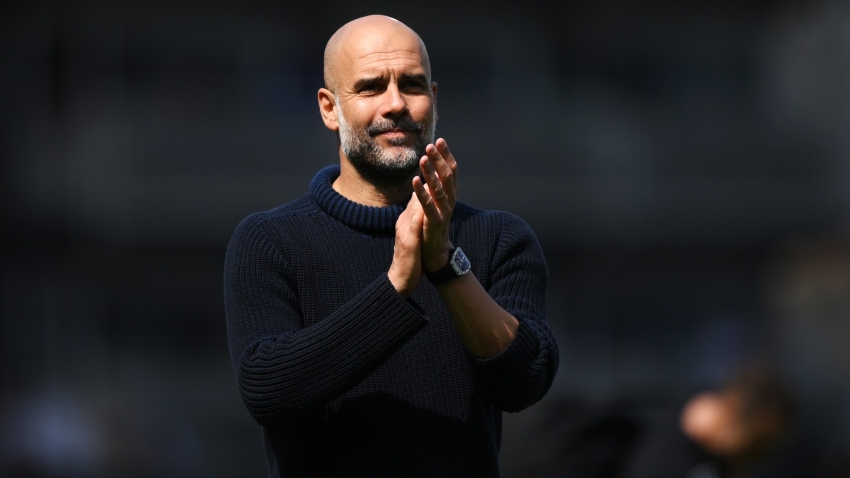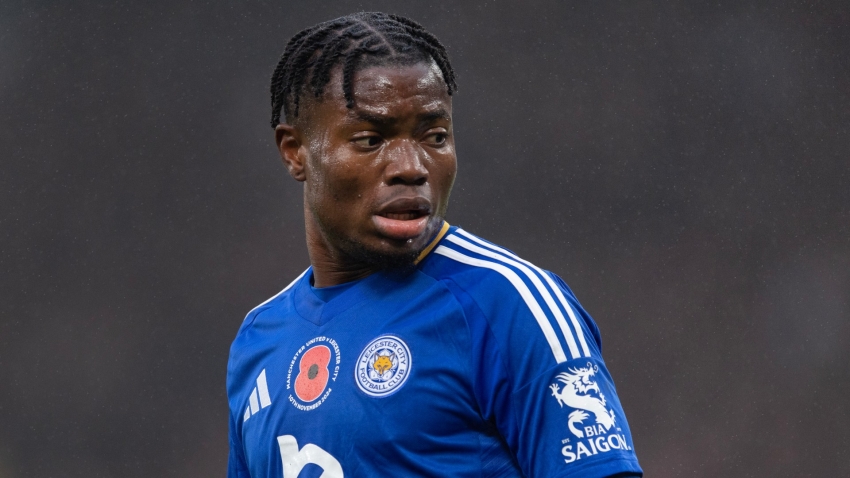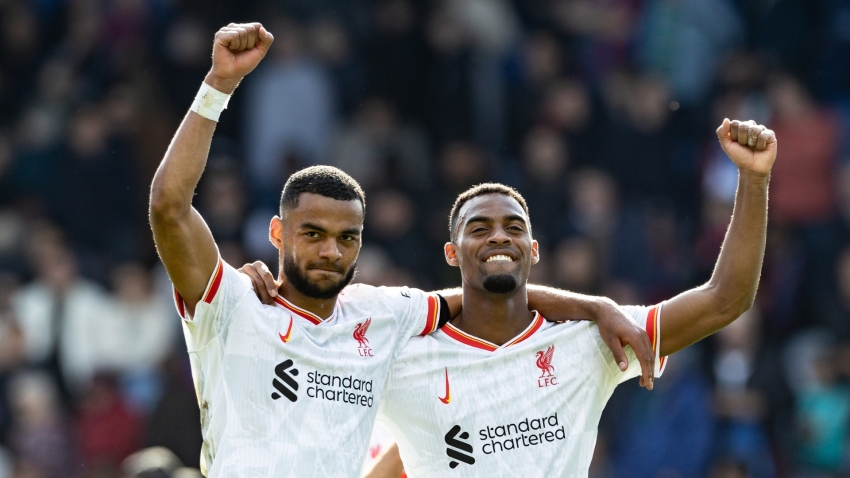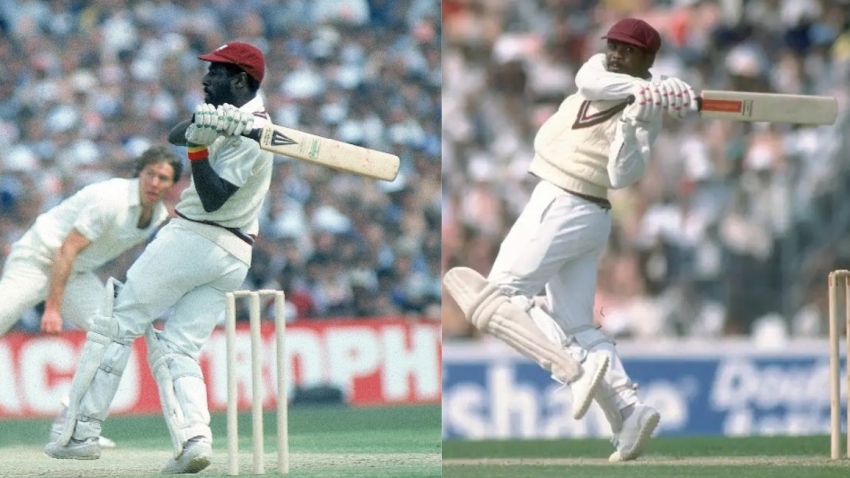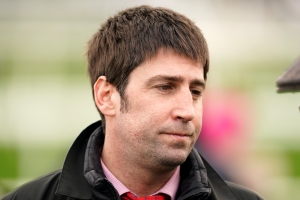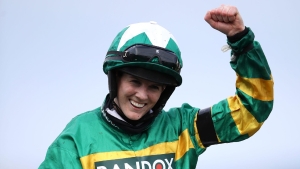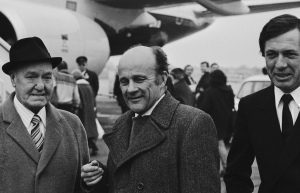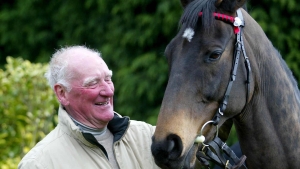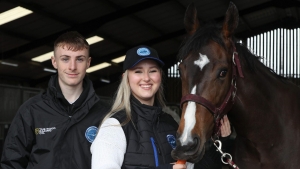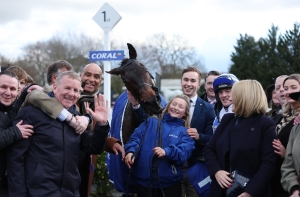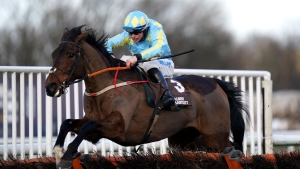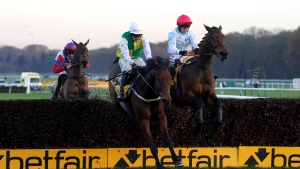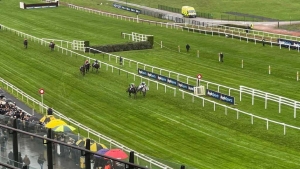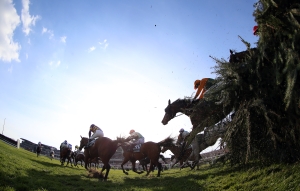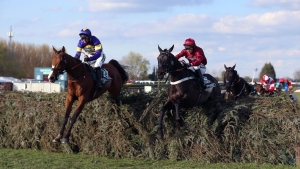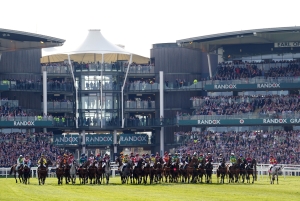It is hard to mention the Grand National without the name McCain following close behind and 20 years ago the race’s most famous family wrote their name into the Aintree record books for a fourth time thanks to Amberleigh House.
Ginger McCain was arguably the man who helped shape the destiny of the world’s most great steeplechase, with his charismatic personality and masterful handling of the great Red Rum breathing life into the marathon event at a time when many questioned its existence.
McCain had already tasted National glory on three occasions with the legendary Red Rum by the time Amberleigh House set about trying to conquer Aintree, but it had been over 30 years since the horse that had defined the Southport handler’s training career had first etched his name onto the Grand National’s roll of honour.
The McCain family of course had heard every tale possible about Red Rum, but Amberleigh House – who was very much a part of the family and had a love of Aintree befitting of a firm McCain favourite – would cement his decorated trainer’s legacy and give Ginger’s son Donald just a glimpse of how the halcyon days of Red Rum may have been.
“I remember everything about that day and we were all very involved with Amberleigh,” said Donald McCain.
“I rode him out every day and my wife looked after him every day.
“It was great for dad because everyone called him a one-horse trainer. He was never bothered by it because he would say ‘what a great job I made of that one’.
“We had one good horse in the yard at the time and a lot of time and investment went into him and it meant an awful lot to all of us. We made the best job of him we could.”
Amberleigh House would be one of Ginger McCain’s final runners in the Grand National before he passed the baton over to son Donald in 2006 and although the younger McCain would go on to win the Grand National himself with Ballabriggs in 2011, it is still that 2004 triumph that sticks in the forefront of his memory.
He added: “It was quite surreal and it was literally from the elbow where it all happened so it wasn’t a very long period of time, but it was just very, very special.
“For us as a family, we grew up around a retired Red Rum but weren’t around when he was winning and to get to feel a bit of that was very special and to this day it would be the best day I’ve had in racing, even better than the day I won it with Ballabriggs.
“There was a McCain way but that is probably gone now to be honest. We knew what an Aintree horse was and how to get one ready for Aintree and train them for that one day. But things have changed so far now that I don’t think that even comes into it the same now.”
Amberleigh House competed round the famous fences on 11 occasions failing to complete only twice – when brought down in his first crack at the big race in 2001 and when pulled-up on his final start before retirement in 2006.
He was ridden for the majority of those assignments by Graham Lee, the crack jump jockey turned Flat pilot who formed a dynamic partnership with the foot-perfect stayer.
The 20-year anniversary of the duo’s finest hour comes poignantly at a time when Lee is recovering from the life-changing injuries suffered in a fall at Newcastle last November and there is little doubt about Lee’s importance to the Amberleigh House story.
“Graham was a very high-class jump jockey and what has happened to him is very sad,” continued McCain.
“We all think about him all the time and he managed to carve a second career on the Flat, but he was a very good jump jockey, one of the best around.
“He was a big part of Amberleigh House and they were made for each other, they were a pleasure to watch together the pair of them.”
With Amberleigh House and Lee’s biggest day still to come, it was the pair’s defeat at the hands of Clan Royal in that season’s Becher Chase that proved instrumental to Grand National glory, helping shape riding plans for the big race itself a few months later.
“I think losing that Becher Chase won us the National and I think Graham would say the same,” said McCain.
“He got beat a short head in the Becher Chase that season by Clan Royal and it was the shortest of short heads.
“If you looked at Clan Royal he was twice as big as old Amberleigh and we were distraught to be honest. They were ding dong from the top of the straight and the two of them came clear and it was a fantastic finish.
“To be honest losing that I think helped us win a Grand National as I had a good talk with Graham and we decided Amberleigh only had one little burst of acceleration in him and there was a general consensus that sounds cocky now, but don’t hit the front until the elbow.
“If you watched Graham a few years later he tried to do the same on a horse of Ferdy Murphy’s who just didn’t stay. He arrived at the last with a chance on Big Fella Thanks in Ballabriggs’ year and tried to do a very similar thing with him.”
It was Becher adversary Clan Royal that was sent off the 10-1 co-favourite for the 2004 Grand National with Amberleigh House 16-1 in the market.
Jonjo O’Neill’s charge looked to be in the process of obliging favourite-backers when jumping to the lead two out, with Amberleigh House still having plenty to do among those still attempting to complete the course.
A repeat of the previous year’s third seemed the best Amberleigh House could hope for, but the complexion of the contest was about to change, with Clan Royal and Martin Pipe’s Lord Atterbury running out of steam and Lee executing the McCain plan to perfection as Amberleigh House and his trademark white noseband closed the gap on the lung-busting run to the line.
“I think he was fourth from the back of the Canal Turn and you’re looking behind to see if something was going to come and do him for fourth and then I just thought at the second-last he was staying on but just took two more strides to jump it,” explained McCain.
“If he had jumped it two strides sooner I would have thought we had a real chance and then Hedgehunter fell at the last and I thought ‘we’re going to be third again in the Grand National’.
“Then halfway up the run-in everything changed, it was the most amazing day.
“There was only one man who would ever know how confident he was and that was Graham himself. But it was a case of we didn’t want to get there too soon and the one thing I can imagine is he would have been getting the most wonderful ride off him, as you will never see another horse jump Aintree better than Amberleigh House – and I mean the old Aintree, not the one we’re on about now.”
It was a case of third-time lucky for Amberleigh House and a National win that McCain thought had maybe passed the horse by after his gallant third to Monty’s Pass 12 months prior to his glorious afternoon on Merseyside.
However, the pint-sized National hero would keep coming back for more of the famous spruce, never letting his side down when faced with the challenge of the National fences.
“The year before he was third in the race he was very tired afterwards, he was absolutely drunk and we had to take him away out of the winner’s enclosure,” said McCain.
“You kind of wondered if that was his chance of winning the Grand National gone. He didn’t know where he was for about 20 minutes so it is to his credit he came back and he just loved the place.
“He was just the most amazing little horse and Amberleigh was so good to jump round there, he was as good as you ever see. You never really didn’t expect him to get round which was a fairly big thing at the old Aintree. He was only 15’2 and half an inch but as good a jumper as you would ever see – he was just so good round there.”


